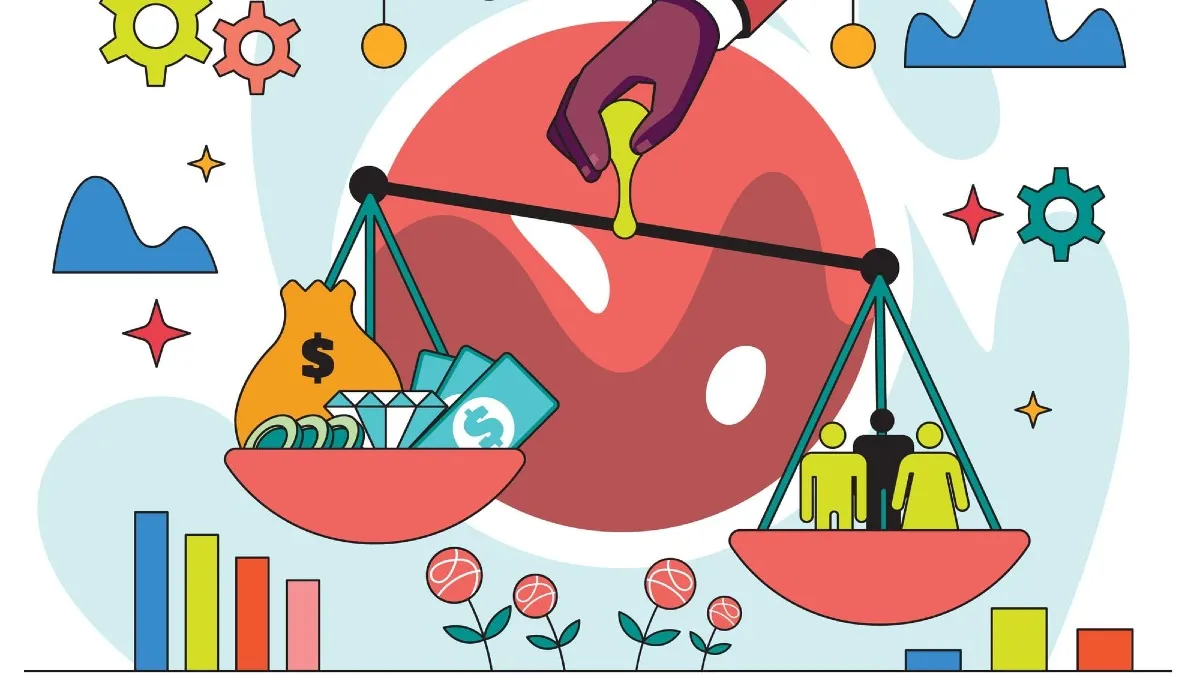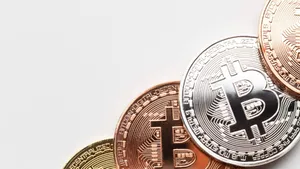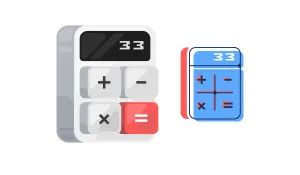You hear it on the news all the time. A news anchor says, "The CPI report came out today..." or "Inflation rose by 0.3% last month."
These terms are thrown around as if everyone should know exactly what they mean. For most people, it's just financial noise. But "inflation" is something you feel every day.
It's that nagging feeling that your dollar just doesn't go as far as it used to. It's when you go to the grocery store and the same bag of food that cost $80 last year now costs $85. It's when your car insurance, rent, and fast-food-combo prices all seem to be creeping up at the same time.
That feeling is called inflation.
And the Consumer Price Index (CPI) is the official measuring stick for it. It's the one big, official number that tells us, as a country, exactly how much more expensive life has gotten.
To understand it, the U.S. government uses a simple (but massive) analogy: an imaginary shopping cart.
The Giant, Imaginary "Basket of Goods"
The CPI, which is calculated by the Bureau of Labor Statistics (BLS), is really just the price tag on a giant, imaginary "basket of goods and services."
This isn't just a small basket with milk and eggs. It's a massive, representative cart filled with thousands of items that the "average" American household buys. The BLS's job is to figure out what's in this basket and then, every single month, go out and check the price of everything in it.
What's In the Basket?
This is the most important part to understand. The CPI isn't just food and gas. It's broken down into eight major categories, and some are "heavier" (more important) than others.
Here are the 8 major groups, from most important to least:
- Housing (The Big One): This is the single biggest "weight" in the basket, making up over 40% of the Core CPI. It includes rent, furniture, and (most importantly) something called "Owners' Equivalent Rent." This is what the BLS estimates homeowners would be paying if they were renting their own home.
- Transportation: This is the second-biggest chunk. It includes new and used cars, gasoline, car insurance, airline tickets, and car repairs.
- Food: This is split into two parts: "food at home" (groceries) and "food away from home" (restaurants).
- Medical Care: This includes health insurance premiums, prescription drugs, doctor's visits, and hospital services.
- Recreation: This is the "fun" category. It includes things like televisions, pet supplies, sports tickets, and toys.
- Education and Communication: This includes college tuition, cell phone plans, and internet service.
- Apparel: This is simply clothing, footwear, and accessories.
- Other Goods and Services: This is the catch-all category for things like haircuts, tobacco, and personal care items.
How Do They Get the Prices?
To get the price for this giant basket, the BLS employs thousands of data collectors. Every month, they gather over 80,000 prices from 23,000 different retail and service businesses all across the country. They call, they visit in person, and they check websites.
The CPI is the average of all this data. This is a key point: your personal inflation might be different.
For example, if you're a young person who rents, doesn't own a car, and spends a lot on food, your personal "basket" will be very different from a suburban homeowner with two cars and a mortgage. But the CPI is the average for the entire country.
How Is the CPI Number Actually Calculated?
So how do they turn "the price of 80,000 items" into a single, simple number?
They use a "base year."
The BLS picked a "base period" (right now, it's 1982-1984) and gave the price of the entire basket during that time an arbitrary value: 100.
Let's use a simple example:
- In 1983 (The Base Year): Let's say the entire basket of goods cost exactly $100. The CPI is 100.
- In 2025 (Today): The BLS goes out and buys that exact same basket of goods. Today, that same basket costs $315.
That means the CPI for today is 315.
When you see the "CPI number," this is what it means. It's not a percentage. It's not a dollar amount. It's an index number that's compared to the 100-point "base year."
You can read this number in a very simple way:
- (Current CPI - Base CPI) / Base CPI = Total Inflation
- (315 - 100) / 100 = 2.15
- Multiply by 100 to get a percentage: 215%
This means that, on average, prices in the U.S. are 215% higher today than they were in 1983. Put another way, it now takes $315 to buy the same amount of stuff you could have bought for $100 in 1983.
CPI vs. "The Inflation Rate"
This is the most common point of confusion. When you watch the news, the anchor never says, "The CPI is 315!"
Instead, they say, "The inflation rate was 3.3%."
Where does that 3.3% come from? It's the percentage change from one year ago.
Journalists and economists are more interested in how fast prices are changing right now, not how much they've changed since 1983.
Let's do the math:
- CPI last year (November 2024): 305.0
- CPI this year (November 2025): 315.0
The Formula: ( (New CPI - Old CPI) / Old CPI ) * 100
- (315.0 - 305.0) = 10
- (10 / 305.0) = 0.0327...
- Multiply by 100 = 3.3%
That's it. When you hear "The annual inflation rate is 3.3%," it simply means that the entire basket of goods is 3.3% more expensive today than it was 12 months ago.
You'll also hear about the "month-over-month" number. This is just the change from the previous month (e.g., comparing November 2025 to October 2025). This number is much more volatile and jumpy. The "year-over-year" number is the one that shows the true trend.
Core CPI vs. "Headline CPI"
You're almost an expert. There's just one last concept you need to know: the difference between "Headline" and "Core" CPI.
- Headline CPI: This is the number we've been talking about. It includes everything in the basket, including the two most volatile categories: Food and Energy (gasoline).
- Core CPI: This is the CPI with Food and Energy prices removed.
Why would they remove food and gas? Aren't those the most important things?
They remove them because their prices jump around for reasons that have nothing to do with the real health of the economy. A hurricane in the Gulf of Mexico can cause gas prices to spike for a month. A bad drought in the Midwest can make corn prices soar.
This "noise" can make the Headline CPI look artificially high or low.
Economists and the Federal Reserve want to see the true, underlying trend in prices. Core CPI gives them a much cleaner and more stable picture of what inflation is actually doing.
When the Fed (America's central bank) is deciding whether to raise or lower interest rates, they pay very close attention to Core CPI.
Why Does the CPI Matter to Me?
This one, single number has a massive, direct impact on your personal finances in at least four ways:
- Your Paycheck and Benefits: The CPI is the official "Cost-of-Living-Adjustment" (COLA) number. Social Security payments for retirees are legally tied to the CPI. Many union contracts and even some corporate salary increases are also based on the CPI, to ensure pay keeps up with inflation.
- Your Savings Account: The CPI is your "enemy." It's the hurdle that your savings must beat. If your High-Yield Savings Account (HYSA) is paying you 5% interest, but the CPI (inflation) is at 3.3%, you're only really getting 1.7% richer in "purchasing power." If your savings account pays 1% and inflation is 3.3%, you are losing 2.3% of your money's value every year.
- The Cost of Loans (Interest Rates): The Federal Reserve has a target for inflation (around 2%). If the CPI report shows inflation is too high, the Fed will raise interest rates to slow down the economy. This directly makes your credit card, mortgage, and auto loan rates more expensive.
- The Reason You Invest: This is the big one. Inflation is the #1 reason to not just hoard cash. Cash sitting under your mattress (or in a 0.1% checking account) is constantly losing its purchasing power. To truly build wealth, you must invest in assets—like stocks or real estate—that have a long-term history of growing faster than the CPI. Investing is how you protect and grow your purchasing power over time.
Now, when you hear "CPI" on the news, you know exactly what it is. It's not a scary, complex number. It's just the official scorecard for the "cost of living"—and the number you have to beat.






